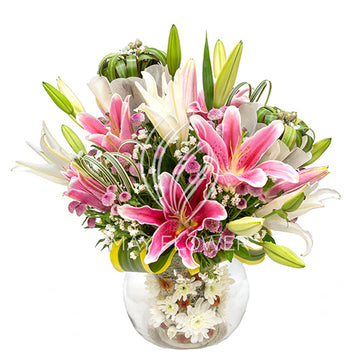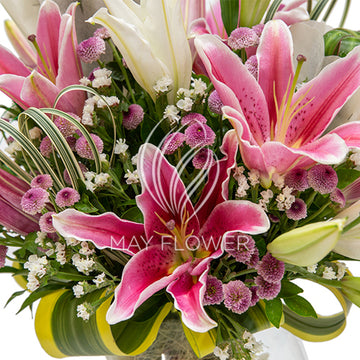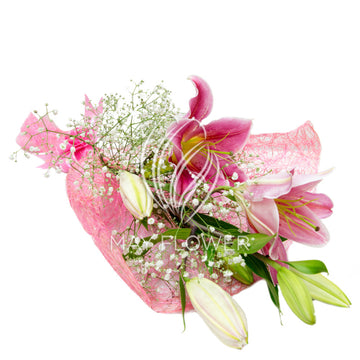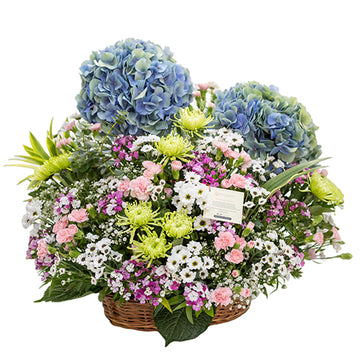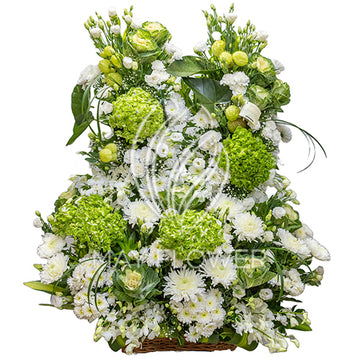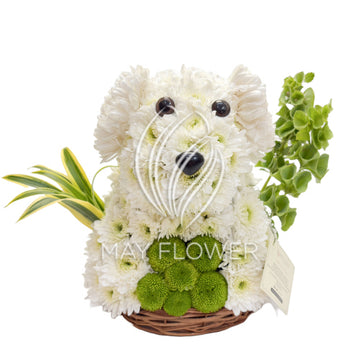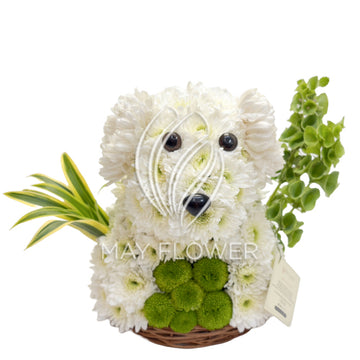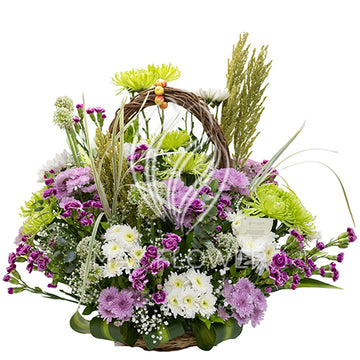Healing Power of Flowers
Healing Power Of Flowers
As the old saying goes, “April showers bring May flowers.” As much as we may appreciate the beauty of different flowers emerging from sleepy ground, many floral friends are much more than just a pretty face. Some flowers possess the power to heal, earning them a place in your medicine cabinet as well as your favourite vase.
It’s no secret that flowers can boost morale and improve mood. A bunch of sunny-faced blooms brighten a room and the spirits of anyone catching a drift of their scent. Flowers also affect us on a biological level. As botanicals, they possess phytochemicals that produce pharmacological effects on the body ranging from anti-inflammatory and antibacterial properties to cardiovascular benefits.
Lavender
The Lavendula genus contains 39 species of flowering members of the mint family with a range extending from Africa, India, the Mediterranean and Southern Europe. L. angustifolia, or English lavender, is the species commonly used for medical purposes, which yields an essential oil widely used in aromatherapy. In addition to producing anxiolytic properties to promote relaxation and induce sleep when inhaled, the oil also exerts anti-inflammatory and antiseptic effects when applied topically to the skin. In fact, lavender oil, once used to disinfect hospital surfaces during World War II, is an effective treatment for burns, wounds, insect bites and acne.
St. John’s Wort
In Germany, St. John’s wort (Hypericum perforatum) is widely used to treat depression in adults and adolescents. For several years, the effect of this herb on major depression was a matter of great debate. Certain agencies acting under the National Institutes of Health, particularly the National Center for Complementary and Alternative Medicine (NCCAM), still maintain that St. John’s wort is ineffective against major depression. However, this assertion is largely based on a single trial conducted by NCCAM that has since been criticized for poor study design. In fact, the same study found that sertraline (Zoloft) was also no more effective than placebo in 340 volunteers. In contrast, a 2008 Cochrane review of 29 trials involving more than 5,000 people concluded that the efficacy of St. John’s wort in treating major depression was comparable to conventional antidepressants, but with far less risk of side effects.
The oil and tincture of St. John’s wort, made from both leaf and flower, are antiseptic and anti-inflammatory when used topically. Preparations made from this herb are also being studied for other applications, including the treatment of Parkinson’s disease, attention span deficit disorder, irritable bowel syndrome, premenstrual syndrome and alcoholism.
Chamomile
Peter Rabbit’s mother knew what to do when her disobedient offspring suffered a stomachache from indulging in Mr. McGregor’s garden. Aside from scolding him for losing his coat and shoes – and nearly his life – she sent him to bed with a dose of chamomile tea. Although Beatrix Potter, the author of Peter’s tale, didn’t specify which form of the plant Mother Rabbit used, most herbalists prefer to use Matricaria recutita, also known as German chamomile. The bright yellow flower heads contain numerous glycoside flavonoids and other compounds that have demonstrated antioxidant and anti-inflammatory properties. Externally, chamomile extract and essential oil counter various skin conditions, largely due to the presence of a natural histamine blocker and free radical scavenger called chamazulene. Tea made from chamomile flowers helps to ease indigestion, diarrhea and other gastrointestinal complaints.
Echinacea
Echinacea purpurea also known as purple coneflower, is a North American native with a long history of use in medicine. Various Native American tribes noticed that elk purposely look for this plant when sick or injured, earning the herb the nickname “elk root.” The Lakota (Teton Sioux) used the plant to treat inflammation and pain, while the Kiowa and Cheyenne used it to ease cough and sore throat. The healing properties of echinacea are due to fat-soluble compounds called alkylamides, which regulate cytokines and other agents involved in producing inflammation. Preparations made from the flowers, as well as the root, help to thwart viral invasions when taken internally at the first sign of cold or flu symptoms. Externally, echincea is used to treat wounds and skin irritations.
Hawthorn
This member of the rose family is represented by various species of the Crataegus genus that contain chemicals with health-promoting properties similar to those found in red wine and grapes. Hawthorn also contains potent antioxidants, namely quercetin, rutin and hyperoside. For more than 200 years, this herb has been used to improve circulation, lower blood pressure and to improve cardiovascular function. Recent research has found that hawthorn helps to improve exercise tolerance in people with heart disease.
Calendula
Calendula Officinallis is a member of the daisy family more commonly known as pot marigold. Traditionally, preparations made from the flowers are used to treat minor wounds, acne and other skin conditions. Modern science tells us that these effects are due to the presence of different kinds of glycosides, which have shown to be anti-inflammatory, antiviral and anti-carcinogenic. These compounds are also associated with antispasmodic effects and a tea or extract made from the flowers is taken internally to ease cramps.
These are some of the flowers that help in healing day to day and some long term illnesses and have been tried and tested in various parts of the world. Though most of these flowers have to be sourced from the parent root, their effects can vary as per the purity of the bulb that is harvested. Having knowledge of these natural cure remedies help those who are in the interiors of some country or those who do not have access to advanced medicines.
This article has been collectively formed with information from web articles, magazines, floral books etc. For more such articles and to order flowers online visit May Flower
Source: Herbco with some inputs by the author of this blog.
